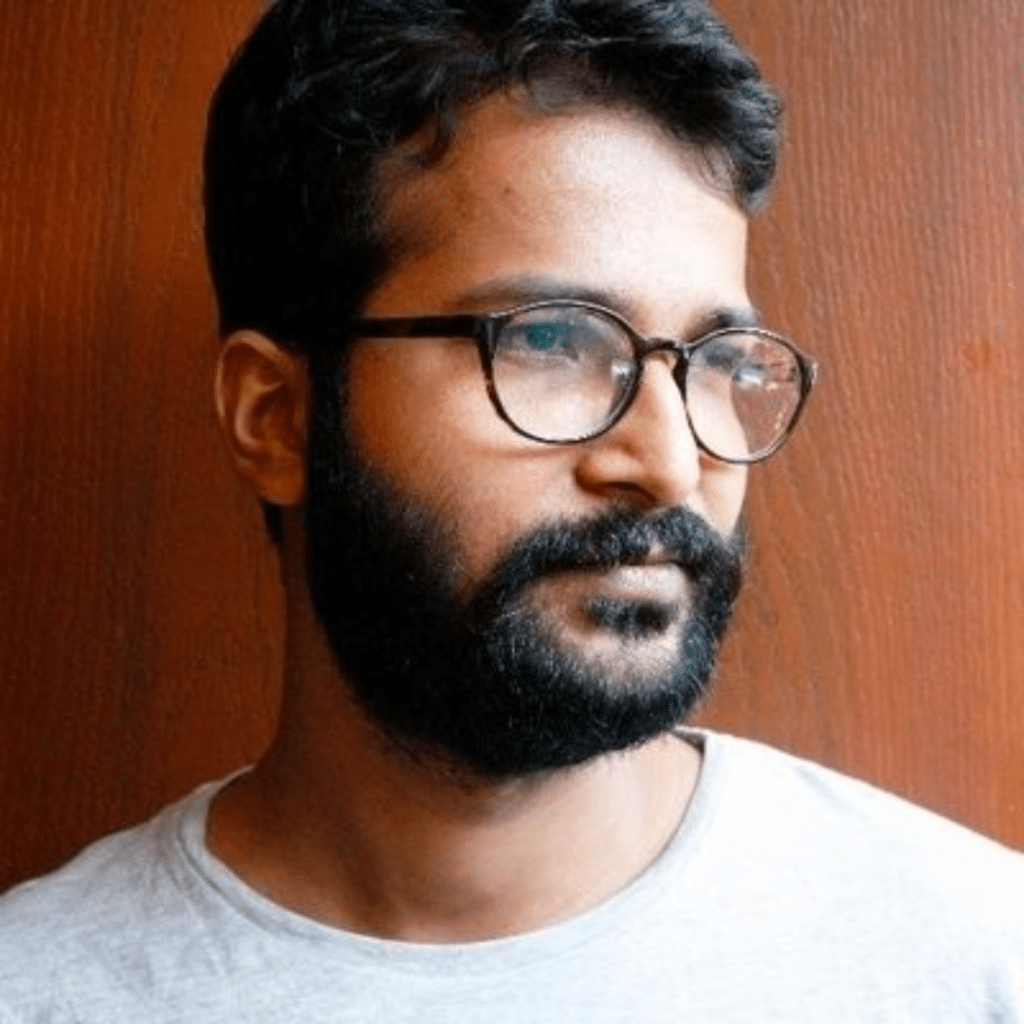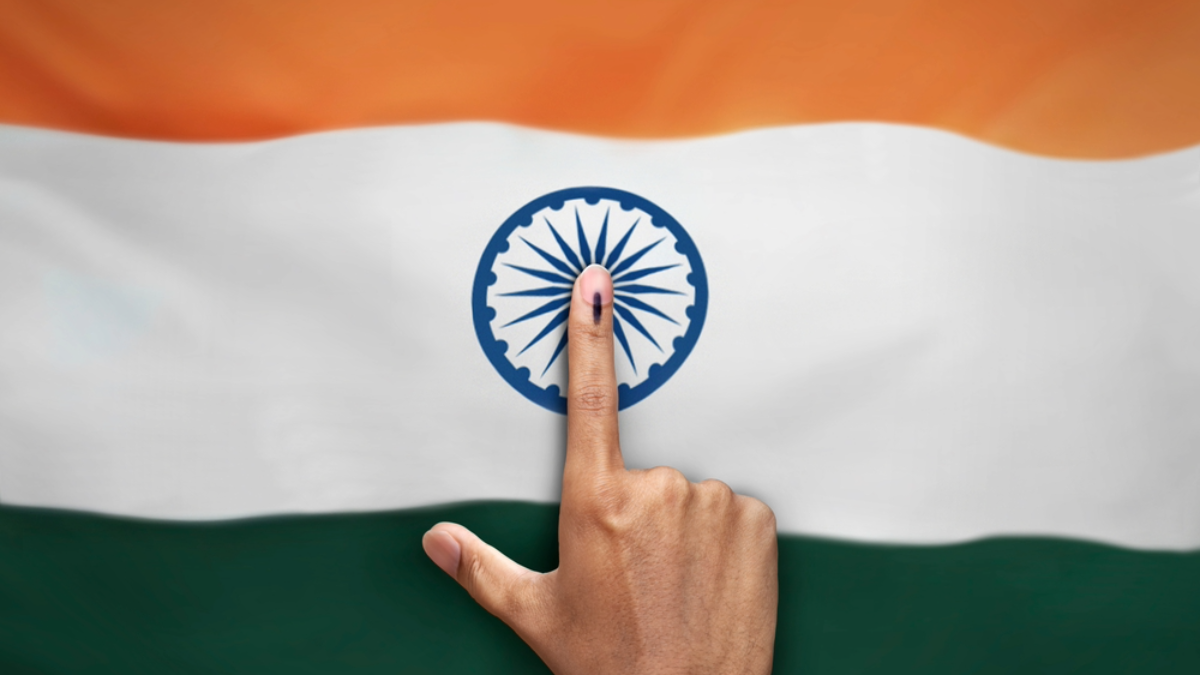Dispatches on Tech and Democracy: India’s 2024 Elections #3
Amber Sinha / Apr 26, 2024Amber Sinha is a Tech Policy Press fellow.
This is the third issue of Dispatches on Tech and Democracy, examining the use of artificial intelligence (AI) and other technologies in the Indian general elections. These dispatches will follow the elections until the declaration of the results on June 4th. The first phase of the general elections concluded last week, and the second phase will occur later this week. To give a sense of the scale of these elections, nearly 968 million voters will be eligible to vote, 15 million polling officials and security staff are expected to be deployed, and 2600 political parties will participate.
In Focus: Electronic voting and threats to a secret ballot
It was widely reported last week that Bijoy Mallakar, the MLA from Ratabari in Assam, purportedly warned individuals to support the BJP in the upcoming election or face consequences once the results are announced on June 4th. During a public rally, the legislator allegedly cautioned voters that failure to vote for the BJP would result in bulldozers appearing outside their residences. Similarly, In the run-up to the 2019 elections, Maneka Gandhi plainly said that she fully expected to win, but if Muslim voters did not vote for her, they should not expect jobs and other kinds of "help" once she had won. Her exact words were ominous. "I am going to win for sure. If Muslims won’t vote for me and then come to ask for work, I will have to think, what’s the use of giving them jobs?"
In response, Gandhi was banned from campaigning for a period of twenty-four hours by the Election Commission of India (ECI). The ECI ruled that she had violated the campaigning rules that prohibited appeal to caste and communal feelings, as well as one that banned 'corrupt practices' like bribery and intimidation. However, these two incidents highlight a much more important issue. Voters in India who have so far assumed the safety of their secret ballot, may be horrified to realize that who they vote for could no longer be as confidential as they expect.
Related Reading:
- Dispatches on Tech and Democracy: India's 2024 Elections - #1
- Dispatches on Tech and Democracy: India's 2024 Elections #2
While India’s electronic voting system affords a level of anonymity, voter identities can potentially be predicted by reverse-engineering voting preferences, particularly in smaller areas. Before Electronic Voting Machines (EVMs), paper ballots from different polling stations in a constituency were mixed together in large drums before they were counted. This changed significantly after EVMs were introduced nationwide in 2009, and data from each polling booth was made available publicly via Form 20.
Unlike the previous system of mixing the paper ballots, Form 20 provides the number of votes cast in favor of each candidate, the number of votes rejected, and the number of votes in favor of NOTA (None of the Above) for every single EVM. Analysts with access to this data, particularly when it is made available over several state and general elections, can combine it with demographic data and use statistical methods such as regression analyses to calculate, with some accuracy, how a group of people may have voted.
An extreme example of this is the establishment of a booth for a single voter deep in Gujarat’s Gir forest. With Form 20 data now available for that voter booth, the lone voter’s preferences are now public. To make good on threats like the one made by Mallakar and Gandhi, you need not have that specific or accurate data on individuals—as one can easily estimate the number of votes from a community based on the available data. For example, it was reported that after the Karnataka Assembly elections in 2018, supporters of the Janata Dal (Secular) went on a 'celebratory rally,’ quarreling with people in areas that voted for the rival candidate. Data corresponding to a single polling station would not have been available so easily before the introduction of EVMs
The ECI is aware of this very grave risk. Since 2008, they have asked for a totalizer machine for vote counting. A totalizer acts by allowing votes from multiple polling stations to be counted together. It works as an interface connected to the main control units of the EVM cluster of several polling stations and counts the consolidated vote count for candidates. Using the totalizer will allow voting data from several EVMs to be added together, eliminating the granular booth-level data and helping to anonymize voter preferences. The Modi government opposed the public interest litigation seeking the mandatory use of totalizers in 2017. The Supreme Court also failed to intervene. A petition for an urgent hearing on the introduction of the totalizer to ensure the secrecy of ballots in late 2018 was dismissed by a Supreme Court bench led by then Chief Justice Gogoi without a hearing.
Other Developments
Meta is limiting its AI chatbot, Meta AI, from answering specific election-related queries in India. Last week, Meta began testing its AI chatbot in India across WhatsApp, Instagram, Facebook, and Messenger. The chatbot is built on Meta’s latest large language model, Llama 3. People can utilize Meta AI via the search bar within these platforms, streamlining the process of querying the chatbot without the need to exit the applications. If users inquire about politicians, candidates, or specific election-related topics, the chatbot guides them to the ECI’s website with the message, "This question may pertain to a political figure during general elections. Please refer to the link."
In widely circulated deep fake videos online, two Bollywood actors are seen voicing criticisms of the ruling Bharatiya Janata Party (BJP) and advocating for support towards the opposition Indian National Congress party (INC) in the current national election. Aamir Khan is featured in a 30-second video, while Ranveer Singh appears in a separate 41-second clip. Both videos generated by artificial intelligence conclude with INC’s election symbol and slogan: "Vote for Justice, Vote for Congress." Both actors have denied the authenticity of the videos. Facebook, along with X and a minimum of eight fact-checking platforms, have confirmed that the videos are doctored or manipulated.
Additional Reads
- Suhasini Raj documents the rise of AI-enabled avatars in the current elections in India and their potential for misuse.
- Yamini Aiyer speaks to Rohan Venkat about the 'techno-patrimonial' nature of the distinct form of digital welfarism that has marked the BJP’s tenure in India.
- Saritha Rai and Jillian Deutsch join David Gura of Bloomberg to discuss the rise of deep-fakes and the case study offered by elections in India.
Please share your feedback. Are there stories or important developments that we have missed? You can write to us at contributions@techpolicy.press with your suggestions, reflections, or critiques.
Authors

